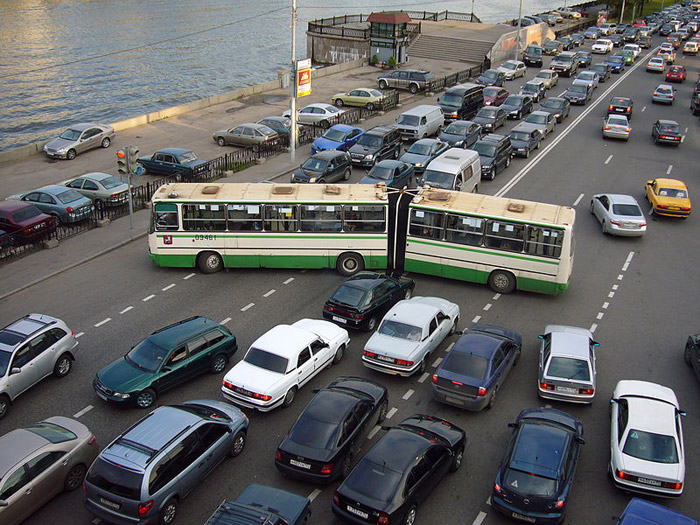As the circus known as the Toronto Mayoral Election heads into its final stretch, it’s become clear that public transit has transcended all other issues.
With many proposals offered to fix the problem, John Tory’s has emerged as the front-runner primarily because of the perceived potential of his “SmartTrack” transit plan. Another plan, congestion pricing, already in place in London, is picking up momentum to solve traffic crises all around the world, and its proponents argue that it increases city revenue, reduces environmental impact, and eases traffic. Despite this, ‘congestion pricing,’ is the wrong idea for Toronto and other urban centres.
Congestion pricing is already in place in London, Stockholm, Milan, and other metropolitan areas. It is based on a relatively straightforward idea. Decide which part of the city is the most heavily congested, set up a system of license-reading cameras at the entrance routes to the area, and tax the drivers who enter that area during peak hours. The system is intended to alleviate traffic jams, lower urban emissions, and generate revenue to further improve local transportation. Practical implementation of congestion pricing, however, has been challenging due to the inherently regressive nature of the tax and serious privacy concerns.
The primary problem with the congestion pricing scheme is its lack of equity. Even proponents of the plan cannot challenge that the majority of the people being deterred, and the people from whom the tax would be obtained, are working class people. Congestion pricing is inherently a regressive tax, where mid-to-low-income people making their daily commute are charged heavily or have to make serious accommodations to their route, while upper-class commuters who live closer to the city center can more easily avoid the fee. Supporters of the system argue that the money extracted from these commuters goes back into the transportation system, making travel more efficient and businesses run more smoothly. However, especially in a time of continued economic malaise, the fee is simply far too big of a burden.
One glaring issue with the program is the lack of sophisticated license-reading cameras. Residents of Stockholm found themselves being charged despite not entering the area, or being charged far more often than they should have been, simply because the cameras misread Finnish plates and charged Swedish drivers instead. Aside from inadequate technology, the number and use of the cameras being installed has also been raised as concerns by civil libertarians. In London, Mayor Boris Johnson recently gave the Metropolitan police access to a wide network of cameras used in the system, to monitor and deter criminal activity. Civil libertarians protested, but to little avail.
In New York City, the proposed introduction of over 1,000 new cameras in the city was a major concern voiced by opponents, who went on to defeat the proposal.
In New York, part of Mayor Michael Bloomberg’s NYC 2030 vision for a greener, more efficient city included a proposal that sought to implement an $8 per day fee on anyone driving in Manhattan south of 60th Street. If the average worker works five days a week and 50 weeks a year, that translates to roughly $2,000 a year. Given the fact that a majority of these drivers would have been lower-income residents of Brooklyn and the Bronx, the proposal was shut down. That $8 fee was also more than the hourly minimum wage in the United States, and thus working class commuters already losing money on the commute would spend more than an hour of their pay on this tax.
Congestion pricing has been proposed in urban centres across the world, and it does have some benefits. Traffic and greenhouse gas emissions have been reduced in London’s cordoned area, and bicycle and pedestrian activity, as well as revenue for the transportation system, have increased. But at a time when the majority of the population needs as much money in their pockets as possible, a tax that focuses almost exclusively on them is not a rational “solution”, despite the urgency of the problem.








